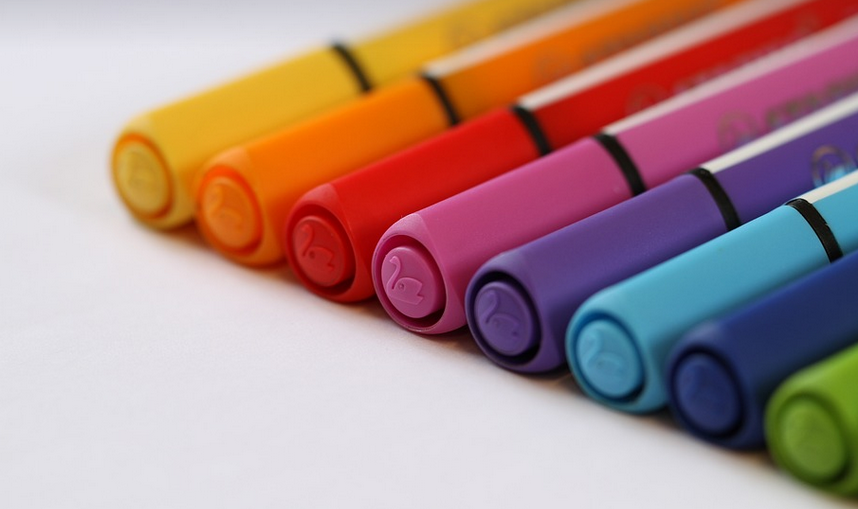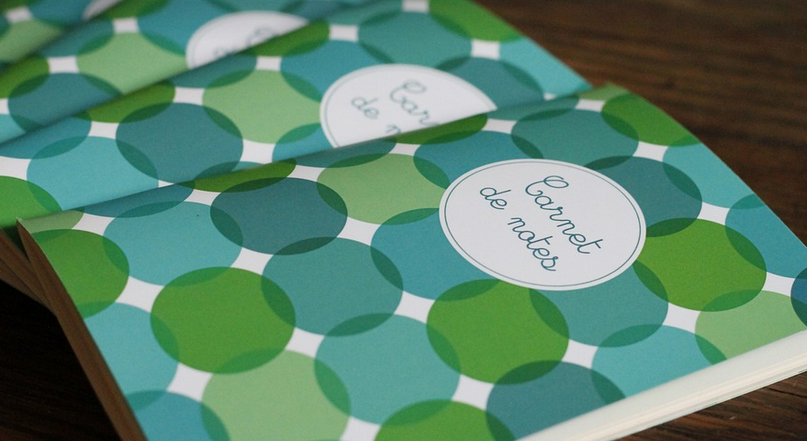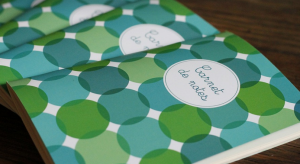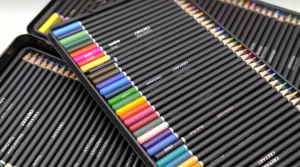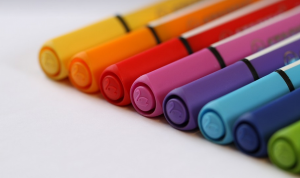Unveiling the Art and Tradition of Hagaki
Hagaki paper, or “paper for travelers,” has a captivating charm that transcends mere practicality. It’s more than just a medium for jotting down thoughts; it’s an embodiment of tradition, artistry, and a connection to the journeys we embark on.
This seemingly simple form of writing on delicate paper isn’t merely a way to record travel experiences—it’s a testament to Japanese cultural heritage, carrying within it centuries-old techniques of calligraphy and artistic expression.
What Makes Hagaki Paper Unique?
Hagaki paper boasts a unique character that sets it apart from other writing materials. The secret lies in the delicate texture, quality, and the subtle sheen that emanates from this special material.
Unlike your typical stationery paper, hagiaki paper is known for its smooth surface, which allows ink to glide effortlessly across it with a satisfying touch. This exquisite quality creates an elegant canvas for travelers’ reflections.
This smooth texture isn’t just about aesthetics; it also reflects the meticulous craftsmanship of Japanese artisans who have perfected this art form over generations. The paper is carefully crafted with precision, ensuring that each sheet is a masterpiece.
A Journey Through History
Hagaki paper carries within its folds a rich history woven into the very fabric of Japan’s cultural tapestry. Its origins can be traced back to the Edo period (1603-1867), where tradition dictated that travel notes should be written on special, high-quality paper dedicated to capturing memories and experiences.
This custom became deeply ingrained in Japanese society, leading to a unique writing style known as “hagiaki” which was meticulously nurtured and passed down through generations. Travelers, from merchants to samurai or even simple farmers, would write their journey notes on hagiaki paper, making it a cherished memento of their travels.
The Art of Hagaki – A Fusion of Tradition and Modernity
Today, hagaki paper continues to captivate the hearts of travelers and artists alike. The tradition has not only endured but also found new life in modern art forms.
Modern-day travelers often find themselves drawn to its refined aesthetic, capturing their experiences with a touch of elegance.
The resurgence of interest in hagiaki paper is a testament to the timeless beauty that lies within tradition. It’s not just about writing; it’s about experiencing a deeper sense of connection with our journeys.
More Than Just Words – A Tapestry of Emotions
Hagaki paper invites us to delve into the heart of travel—to explore, to reflect, and to record our experiences on this special kind of paper. It becomes an extension of ourselves, revealing our journey’s essence in a tangible form.
The delicate texture allows for a unique tactile experience that goes beyond the mere act of writing; it encourages a more intimate engagement with the world around us.
A Symbol of Travel and Personal Growth
Beyond just recording our travels, hagiaki paper symbolizes personal growth and transformation. It’s a tangible reminder of the challenges we face, of the landscapes we explore, and of the invaluable lessons we learn on journeys both far-off and close to home.
As we write down our reflections in these unique papers, we are not just recording experiences; we are crafting stories that will stand the test of time. Each note is a whispered secret, a silent dialogue between our journeys and ourselves.
Exploring Hagaki Paper – A Journey for the Senses
If you ever find yourself in Japan or anywhere where hagiaki paper is used, make sure to have a look at this unique form of writing. The act of holding these delicate papers, feeling their texture, and reading the handwritten notes on them will surely leave a lasting impression.
The world of hagaki paper offers more than just words; it’s a journey for your senses: the aroma of traditional inks, the smooth feel of the paper against your fingers, and the quiet symphony of your own thoughts as you write. It’s an experience that transcends mere documentation and becomes a personal reflection of the world around us.
